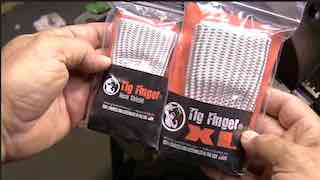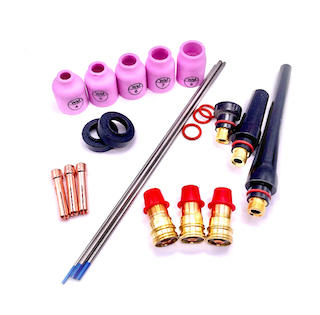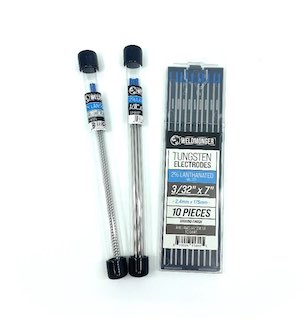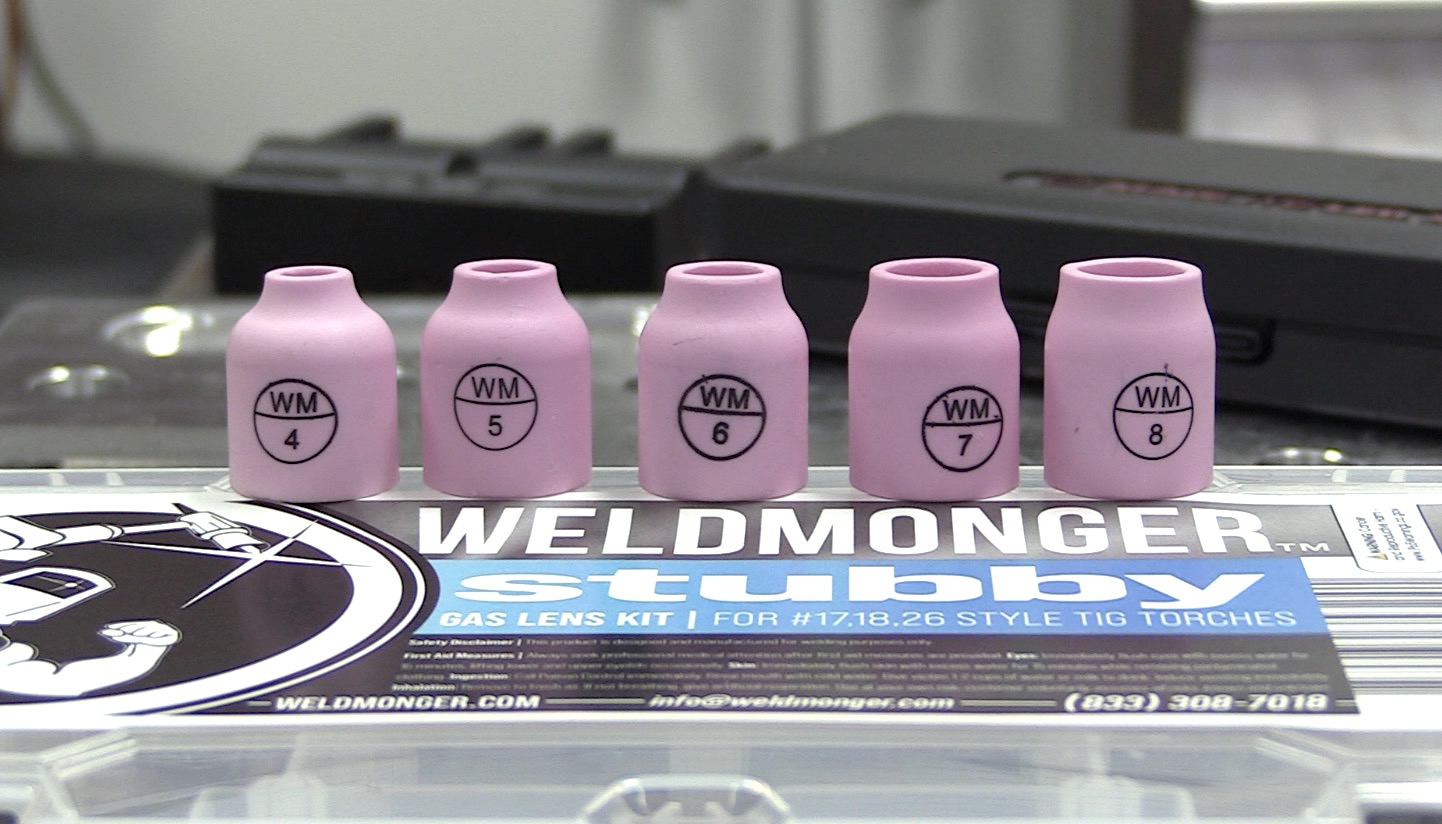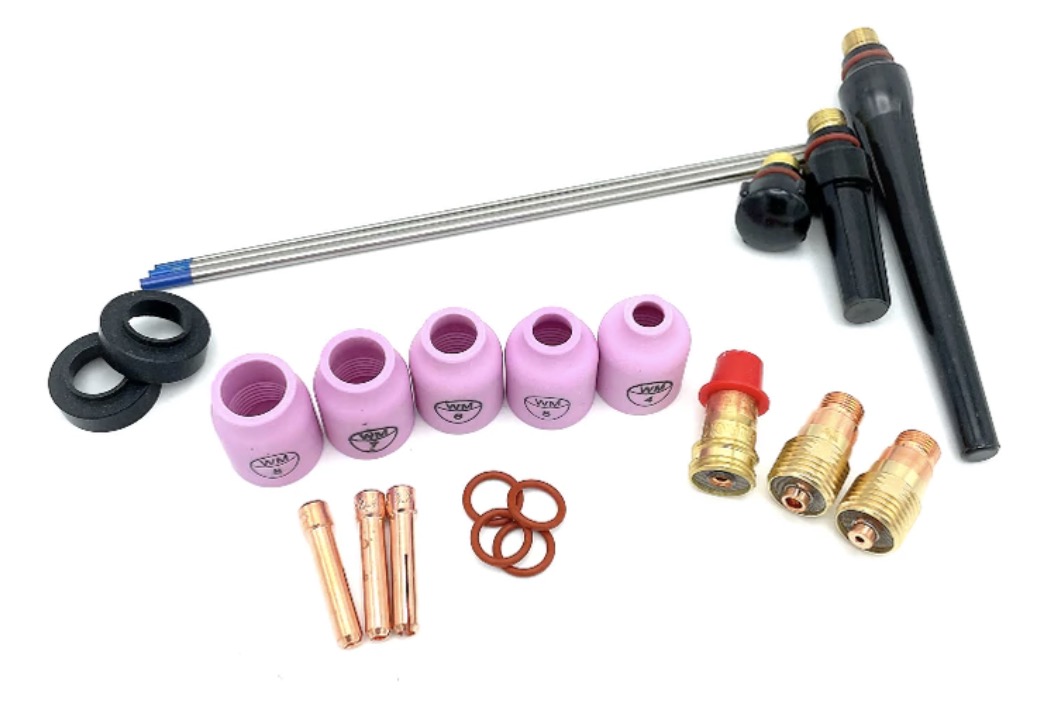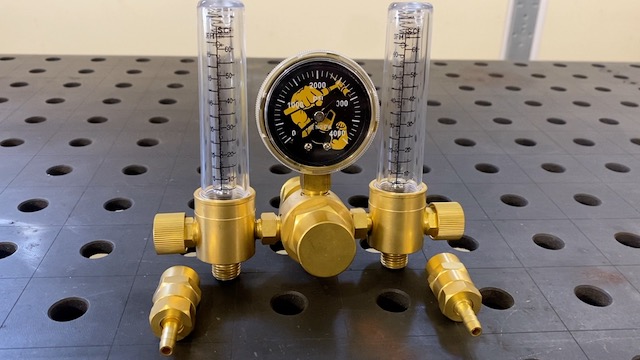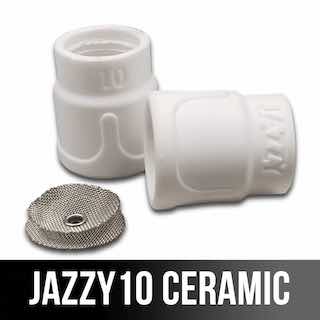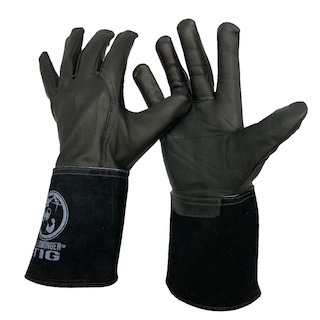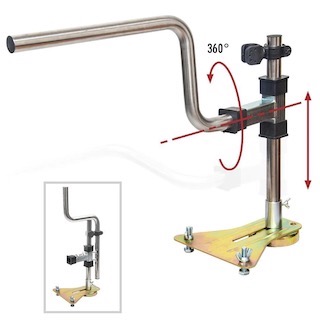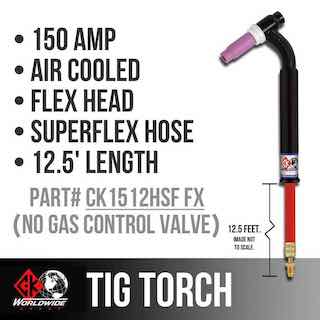7018 Porosity - Causes and Cures
7108 porosity is mainly caused by:
7108 porosity is mainly caused by:
- moisture in the flux
- poor start or restart technique
- damaged flux
- rods left out of a rod oven too long
- poor quality rods
Moisture in the flux = 7018 porosity
7018 rods are also known as "low hydrogen electrodes". But they are only low hydrogen when they are stored properly...meaning either new out of box (within a few hours) or stored in a rod oven at proper temperature.
If left out in the atmosphere more than a few hours, the flux will absorb enough moisture for the 7018 to NOT be low hydrogen
Poor Start/Restart = 7018 porosity
Another frequent cause of 7018 porosity is poor start or restart technique.
Starting the arc immediately without allowing the tip of the rod to heat up can cause porosity at the very beginning of the bead.
The technique that helps to avoid this is to strike the arc ahead of where you need to start with a slightly long arc...and then take a full second to move the the place you want to start. This start restart technique allows the tip of the rod just enough time to heat up and outgas any moisture in the very tip of the rod
Damaged flux on 7018 rods
7018 rods rely on flux for shielding the molten puddle. If there is an area with chipped off, cracked, or missing flux, you can almost bet there will be porosity.
Inspect your 7018 before lighting up to make sure you don't have damaged flux.
7018 Rods left out of a rod oven too long
7018 rods are often used to comply with welding procedures that require a low hydrogen electrode. In order to be in compliance, the 7018 must be either new out of a low hydrogen container like a hermetically sealed, vacuum pack, or can....or kept at a certain temp in a rod oven for a certain period of time.
There are some other specifics like how long they must be baked, how hot, etc. but this is the gist of it.
Rods left out too long not in a rod oven do not comply.
Poor quality 7018 rods
All 7018 rods are not equal.
If you ask 3 welders what the best 7018 is, you might get 3 different answers.
But...best practice is to stick with a well known brand and avoid trying to save a buck by buying off brand 7018s.
Some of the most popular brands of 7018 that are highly recommended on welding forums are:
- Lincoln / Lincoln Excalibur Often called the “gold standard” in garage and welding forums. Many prefer Lincoln’s Conarc / Excalibur for premium performance.
- ESAB Regularly praised for consistency, ease of use, low moisture absorption. Forum users often list ESAB among their preferred 7018 brands.
- Böhler (or Bohler) European brand often cited in “best of” electrode threads. Forum users call Bohler “excellent” especially for critical or industrial work.
- Hobart Among more affordable, readily available choices. Some users say “the Hobarts are great.” Also mentioned in stick electrode brand discussions as a reliable name.
- Murex / Eutectic / Filarc (tie or honorable mention) In more niche threads, users mention Murex as their go-to. Eutectic and Filarc are also named by some users who have compared a few brands.
- Many users emphasize that proper storage (rod ovens, moisture control) matters just as much as brand. A “great” brand stored improperly will perform poorly.
- Some threads caution that lesser-known “farm-rod” types or generic rods are hit-or-miss. Stick to recognized names (Lincoln, ESAB, Bohler, Hobart).
- Also, regional availability may influence what ends up being “top” in local forums (e.g. European vs U.S. brands). This cannot be understated. In fact, due to global market forces, todays Lincoln Excalibur could very well be sourced from a different country than a few years ago.






